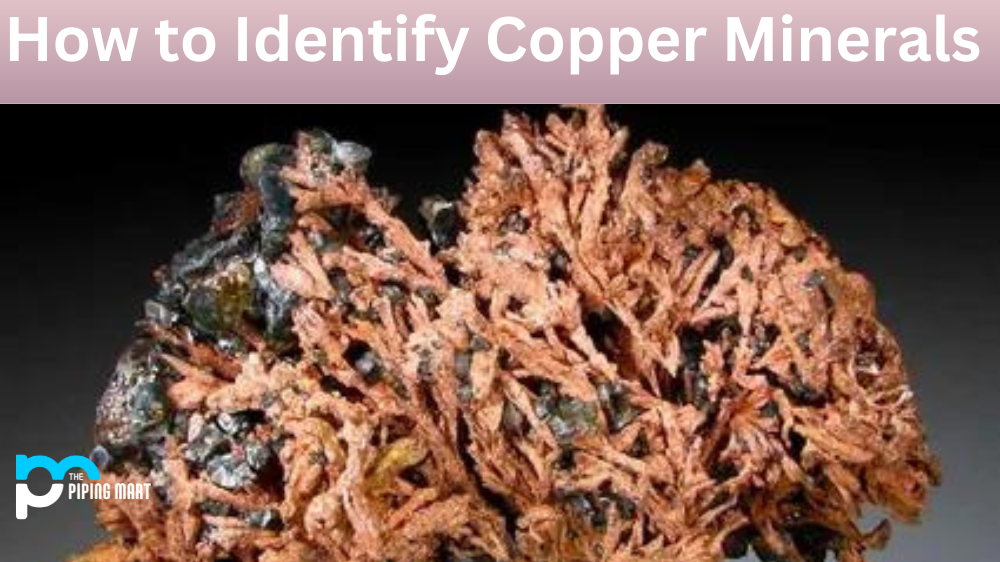Copper is one of the most widely used metals in the world. It’s perfect for use in electrical wiring because of its relatively low cost, high malleability, good thermal conductivity, and its corrosion resistance. But what exactly does that mean? Let’s explore the resistance of the copper wire, its specific heat capacity, and current density.
Resistance of Copper Wire
When electricity flows through a wire, it encounters some amount of resistance. This is known as the “resistance” of the wire. A wire’s resistance depends on several factors, such as its length and cross-sectional area. Generally speaking, copper wires have a lower resistance than aluminum or steel wires. This makes them ideal for use in electrical applications because they can carry higher currents without becoming too hot or burning out.
Specific Heat Capacity of Copper
The specific heat capacity (or thermal capacity) refers to how much energy is required to raise the temperature of one gram (1 g) of a material by one degree Celsius (1°C). Different materials have different specific heat capacities; some materials require more energy to reach higher temperatures than others. The specific heat capacity of copper is 0.385 J/g°C, which is relatively high compared to other materials like aluminum or steel. This means that copper requires more energy to become hot than other metals, which makes it ideal for electrical wiring since it won’t overheat easily!
Current Density of Copper
The current density refers to how much current can pass through a given area per unit of time. In other words, it tells us how much electric current can pass through a given cross-sectional area in one second. A higher current density means that more current can flow through an area at any given time, which increases an electrical system’s efficiency and power output using copper wires. The maximum recommended current density for copper is 95 A/mm2; this means that no matter how thick your copper wires are, you should always stay within this value when designing an electrical system with copper wires!
Conclusion
Copper wire is essential for modern electronics because it offers many advantages over other materials, such as low cost, high malleability, good thermal conductivity, and corrosion resistance. It also has many unique properties such as low resistance compared to other metals and high specific heat capacity, which make it ideal for use in electrical applications where efficiency and power output are important considerations. Finally, while designing with copper wire, you should always keep in mind the maximum recommended current density which should always be at most 95 A/mm2 regardless of wire thickness! With all these things considered, we can see why copper remains one of the most popular choices among electronic engineers today!

Pipingmart is B2B portal specializes in industrial, metal and piping products. Also, share latest information and news related to products, materials and different types grades to help business dealing in this industry.




